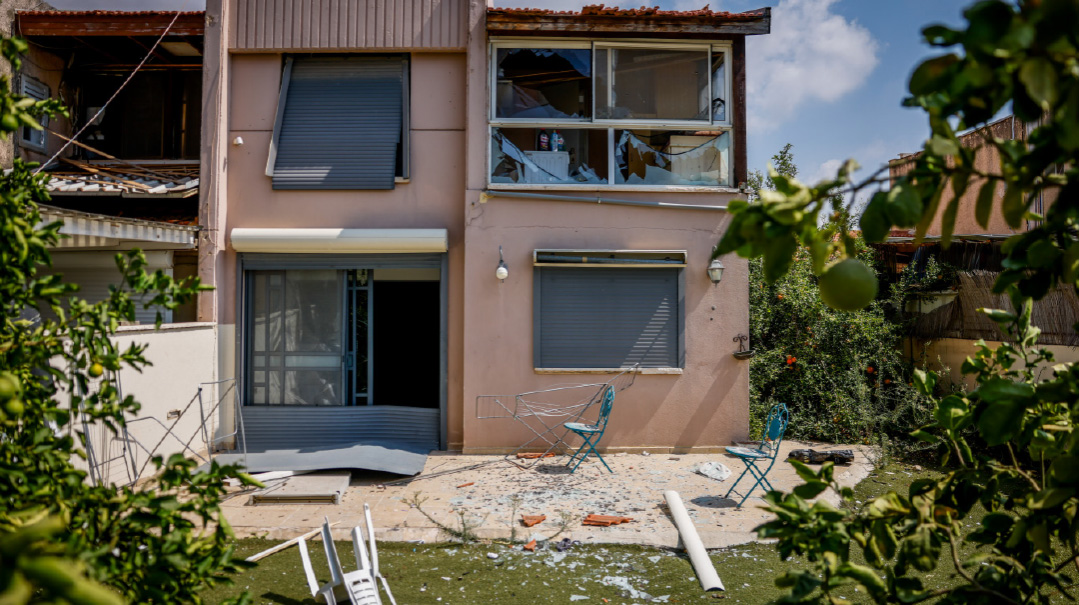Israel and Iran in Open Conflict
| February 14, 2018
T
he Provocation
In the predawn hours last Shabbos, the Israel Air Force (IAF) air control unit detected an Iranian drone taking off from the T-4 air base near Palmyra, deep inside Syrian territory. The crew followed the drone’s flight path through northern Jordan until it crossed into Israel. This was no navigational error or technical glitch, but a well-planned operation meant to take Israel by surprise.
The drone was soon targeted by an IAF helicopter and downed over the Jezreel Valley, a lightly populated area, so that the fragments could be collected and studied.
The Response
Israel immediately scrambled eight fighter planes to conduct counterstrikes in Syria, hitting 12 targets, among them several Iranian positions and technology Iran had been hiding from the West. Israel managed to destroy a major part of Syria’s air defense systems, including two long-range SA-5 missile batteries, an SA-17 missile battery, four air defense battalions including radar systems, and an Iranian intelligence and surveillance base. It was the most intense and widespread Israeli strike in Syria since the 1982 Lebanon War.
The forceful Israeli response was in part a message to Syrian president Bashar al-Assad. Israel hopes Assad now understands that his continued cooperation with Iran could bring about his downfall after his protracted and bloody battle with his opponents.
The Downing
For all the success of the raid, Israel was shocked when one of its planes, an F-16, was hit by shrapnel from an exploding Syrian anti-aircraft missile and crashed. The plane managed to return to Israel, where the two pilots bailed out before the plane exploded. One of the airmen was severely injured; the other was lightly wounded. This was the first time since 1982 that an Israeli fighter plane was downed.
For Iran and Syria, the attack on the Israeli plane was a symbolic victory. In the words of their governments, it was “the end of an era,” with the Iranian-led “Shiite axis” succeeding where no one else had previously.
The Statement
Some 24 hours after the outbreak of hostilities, the White House issued a statement blaming Iran for intentionally seeking a confrontation in the region. “Israel is a staunch ally of the United States and we support its right to defend itself from the Iranian-backed Syrian and militia forces in southern Syria,” the White House press secretary said in a statement. The Trump administration further called on Iran to “cease provocative actions and work toward peace in the region.”
The response from Russian president Vladimir Putin, who had hosted Prime Minister Binyamin Netanyahu in Moscow just last month, was more worrying. Russia called on Israel to respect Syrian sovereignty, completely ignoring the launch of the Iranian drone into Israeli territory.
(Excerpted from Mishpacha, Issue 698)
Oops! We could not locate your form.







